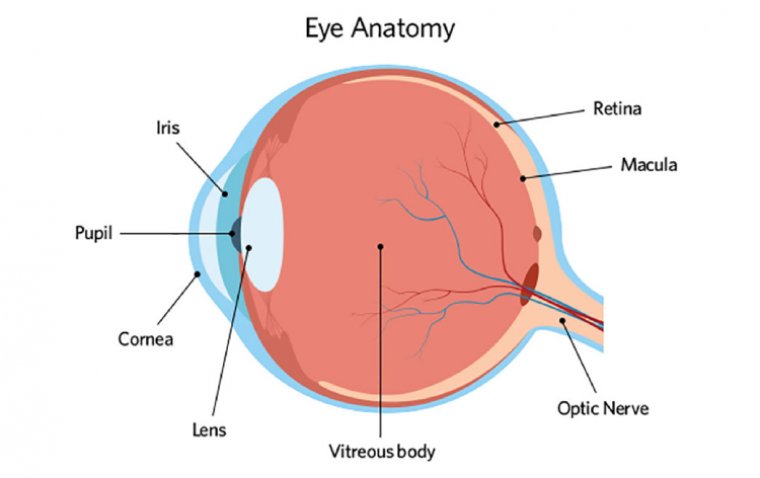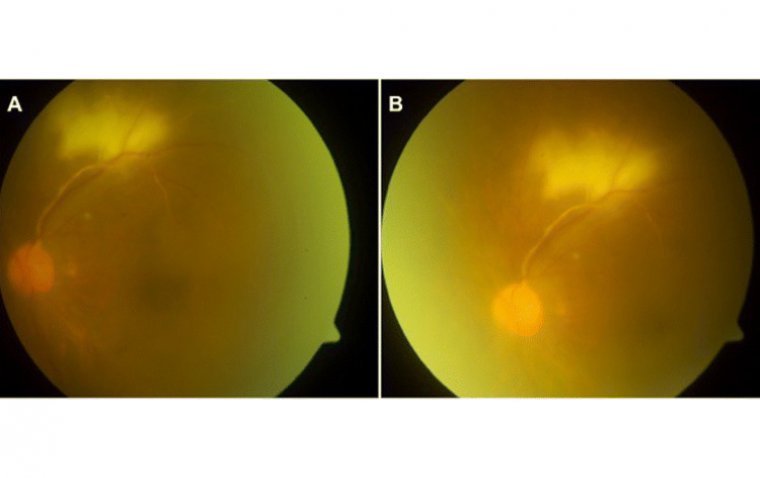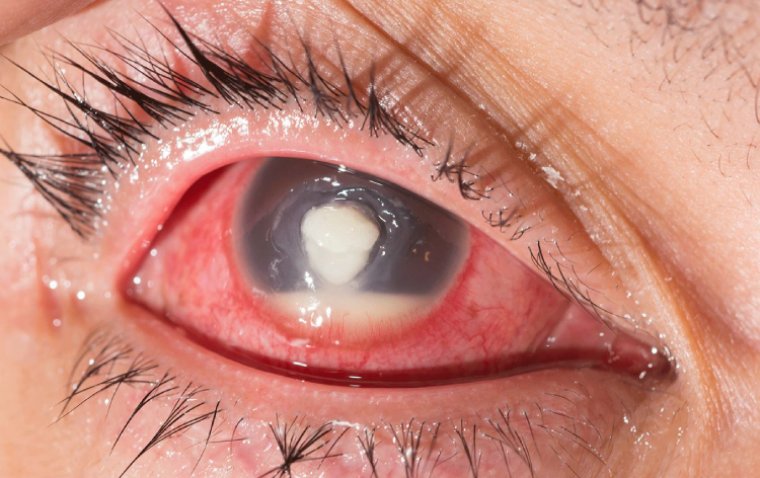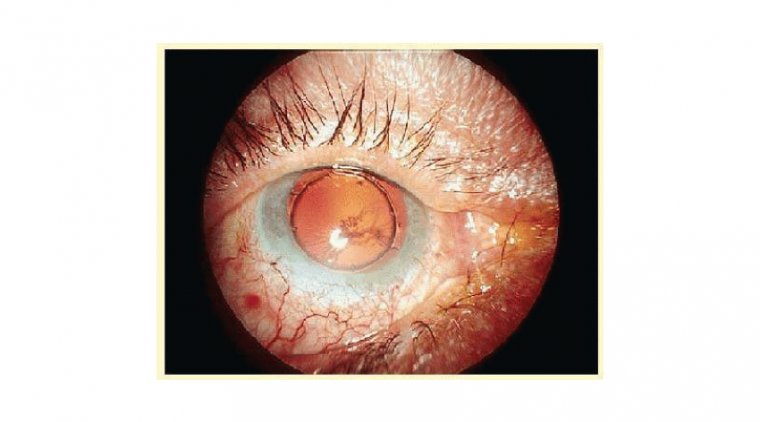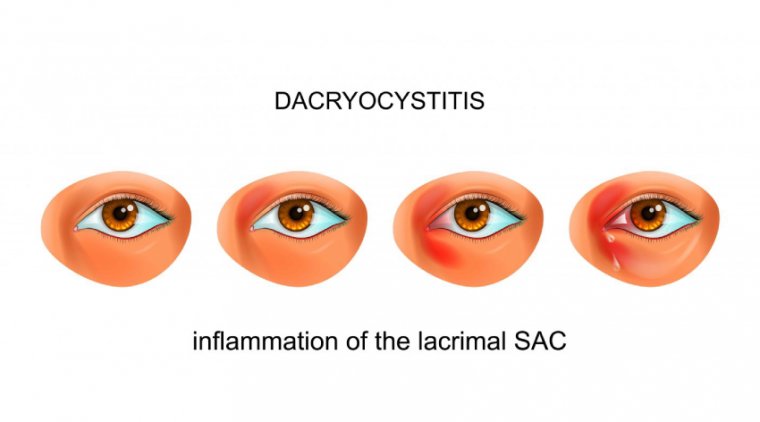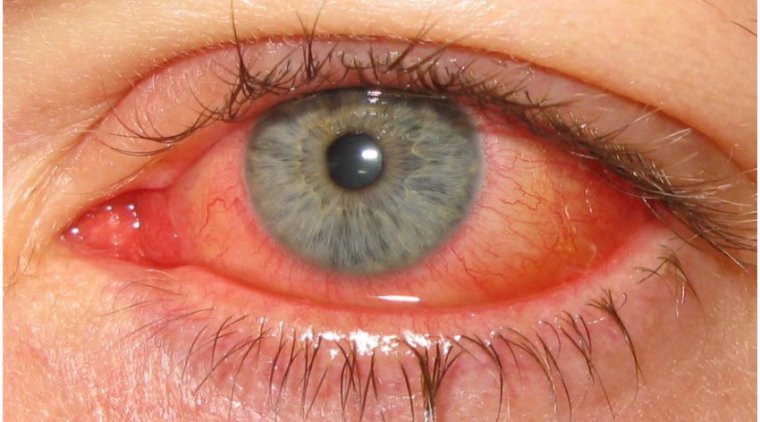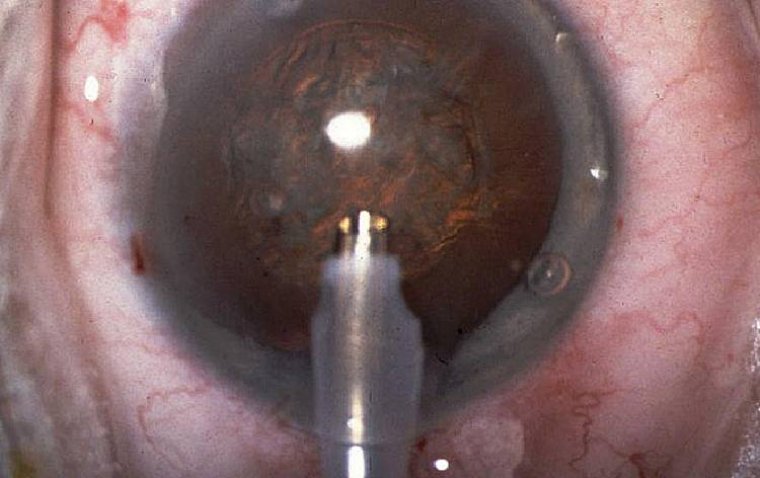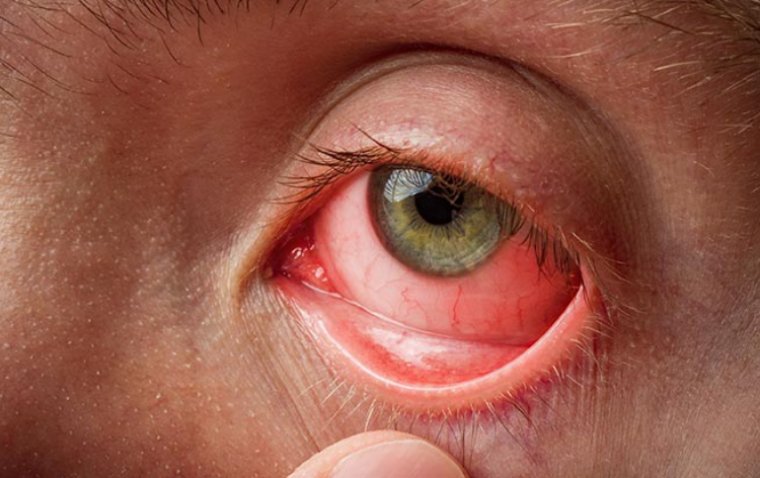
Conjunctivitis: Causes, Symptoms, and Effective Management
Conjunctivitis, commonly known as "pink eye," is a prevalent eye condition that affects people of all ages. Characterized by redness, itching, and discomfort in the eyes, conjunctivitis can be caused by various factors, including viruses, bacteria, allergies, and irritants. Understanding its causes, symptoms, and effective management strategies is crucial for prompt relief and preventing its spread.
In this article, we will explore the different types of conjunctivitis, their underlying causes, common symptoms, and practical steps to manage and alleviate its discomfort.
Types of Conjunctivitis
Conjunctivitis can be broadly classified into three main types: viral, bacterial, and allergic conjunctivitis.
1. Viral Conjunctivitis: This type is often associated with viral infections like the common cold or flu viruses. It can be highly contagious and spreads through direct contact with infected individuals or surfaces.
2. Bacterial Conjunctivitis: Bacterial infections, often caused by Staphylococcus aureus or Streptococcus pneumoniae bacteria, can lead to bacterial conjunctivitis. It is characterized by yellow or green discharge and can be contagious.
3. Allergic Conjunctivitis: Allergies to pollen, dust, pet dander, or other allergens can trigger allergic conjunctivitis. This type is not contagious and usually affects both eyes.
What Causes Conjunctivitis?
1. Viral Infections
Viral conjunctivitis is often associated with viruses that cause the common cold, flu, or other upper respiratory infections. Adenoviruses are a common culprit. This type of conjunctivitis is highly contagious and spreads through direct contact with infected individuals, contaminated surfaces, or respiratory droplets. Symptoms include redness, watery discharge, and itchiness.
2. Bacterial Infections
Bacterial conjunctivitis is caused by bacterial pathogens such as Staphylococcus aureus, Streptococcus pneumoniae, or Haemophilus influenzae. Bacterial conjunctivitis typically presents with a yellow or greenish discharge, redness, and discomfort. It can spread through direct contact or contact with contaminated objects like towels or eye makeup.
3. Allergies
Allergic conjunctivitis is triggered by allergens such as pollen, dust mites, pet dander, or mold spores. When the eyes come into contact with these allergens, the immune system releases histamines, causing redness, itching, and watery eyes. It usually affects both eyes and is not contagious.
4. Irritants
Exposure to irritants like smoke, pollution, chlorine in swimming pools, or harsh chemicals can lead to irritant conjunctivitis. Symptoms include redness, tearing, burning, and discomfort. This type of conjunctivitis is not contagious.
5. Contact Lenses
Wearing contact lenses for an extended period, improper lens care, or using contaminated lens solutions can cause contact lens-associated conjunctivitis. It may present with discomfort, redness, and a foreign body sensation. Practicing good hygiene and proper contact lens care can prevent this type of conjunctivitis.
6. Autoimmune Disorders
Certain autoimmune disorders, like rheumatoid arthritis or systemic lupus erythematosus, can lead to conjunctivitis as part of their systemic manifestations.
Symptoms of Conjunctivitis
● Redness
● Itchiness
● Watery Discharge
● Grittiness or Foreign Body Sensation
● Tearing
● Sensitivity to Light (Photophobia)
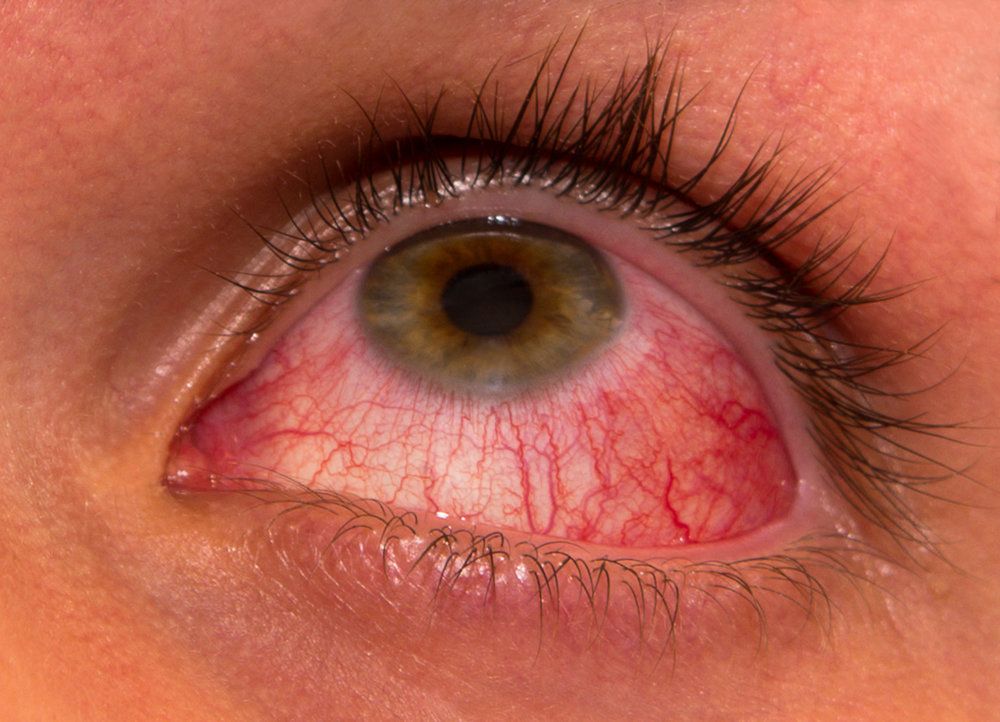
How to Diagnose Conjunctivitis
Diagnosis of conjunctivitis involves a combination of clinical evaluation, medical history, and sometimes additional tests. Here's how conjunctivitis is typically diagnosed:
Medical History: The healthcare provider will start by asking you about your symptoms, when they started, and any other relevant medical history. They might inquire about recent exposure to irritants, allergens, or individuals with known eye infections.
Physical Examination: The healthcare provider will examine your eyes, looking for signs of redness, swelling, discharge, and other symptoms associated with conjunctivitis. They may use a magnifying instrument called a slit lamp to get a closer look at the affected areas.
Types of Conjunctivitis: Based on the clinical presentation and medical history, the healthcare provider will differentiate between different types of conjunctivitis, such as viral, bacterial, allergic, or irritant-related conjunctivitis. Each type may have distinct features.
Testing (if necessary):
● Swab Test (Bacterial Conjunctivitis): In cases suspected to be bacterial conjunctivitis, the healthcare provider might take a swab from the affected eye's conjunctiva to identify the bacteria causing the infection. This helps determine the most appropriate antibiotic treatment.
● Allergy Testing (Allergic Conjunctivitis): If allergic conjunctivitis is suspected, the healthcare provider might recommend allergy testing to identify specific allergens triggering the symptoms. This can help guide treatment and prevention strategies.
Visual Acuity Test: In cases where conjunctivitis is affecting vision, a visual acuity test may be performed to assess the extent of vision impairment.
How Is Conjunctivitis Treated?
1. Viral Conjunctivitis
Viral conjunctivitis is typically self-limiting and doesn't usually require medical treatment. In some cases, antiviral eye drops may be prescribed by a healthcare provider if the infection is severe.
2. Bacterial Conjunctivitis
Bacterial conjunctivitis is usually treated with antibiotic eye drops or ointments prescribed by a healthcare provider. Completing the full course of antibiotics is essential to fully clear the infection.
3. How to Treat Allergic Conjunctivitis
Over-the-counter or prescription antihistamine eye drops can help relieve itching and redness associated with allergic conjunctivitis. A healthcare provider may recommend specific antihistamine eye drops based on your symptoms.
4. Irritant Conjunctivitis
If caused by irritants, treatment involves removing or avoiding the irritants and allowing the eyes to heal naturally. In some cases, artificial tears or lubricating eye drops may be recommended to soothe the eyes.
It's important to consult a healthcare provider for a proper diagnosis and appropriate treatment. The type of conjunctivitis and its severity will determine the most suitable medical treatment for your specific situation.
Conjunctivitis Supportive Therapy
Supportive therapies for conjunctivitis focus on relieving symptoms and promoting comfort during the healing process. While these therapies do not directly treat the underlying cause of conjunctivitis, they can significantly improve the patient's comfort and overall well-being. Here are some common supportive therapies:
● Warm Compresses
Applying a warm, damp cloth over closed eyes can help relieve discomfort by reducing swelling, relaxing the eye muscles, and promoting tear production. Warm compresses can also help soften any crusts or dried discharge that might form around the eyes.
● Cooling Eye Masks
For cases of allergic conjunctivitis, cooling eye masks can help reduce itching and inflammation. These masks are designed to be placed over closed eyes and can provide soothing relief.
● Eyelid Hygiene
Keeping the eyelids clean is important to prevent the accumulation of discharge and crusts. Gently clean the eyelids with a clean, damp cotton pad or cloth as recommended by a healthcare provider.
● Avoiding Contact Lenses
Contact lens wear can worsen symptoms and increase the risk of spreading conjunctivitis. It's advisable to avoid wearing contact lenses until the infection or inflammation has completely cleared.
● Hand Hygiene and Prevention
Practicing good hand hygiene by washing hands frequently can help prevent the spread of conjunctivitis, especially in cases of contagious forms. Avoid touching the eyes with unwashed hands.
● Environmental Modifications
For allergic conjunctivitis, reducing exposure to allergens such as pollen, dust, or pet dander can help alleviate symptoms. Keep windows closed during high pollen seasons and use air purifiers if necessary.
It's important to note that while supportive therapies can help manage symptoms, they are not a substitute for medical treatment. If you suspect you have conjunctivitis, especially if the symptoms are severe or not improving, it's crucial to consult a healthcare provider for a proper diagnosis and appropriate treatment recommendations.
Summary
Conjunctivitis is an inflammation of the thin tissue covering the eye's surface and inner eyelids. It can be caused by viruses, bacteria, allergies, or irritants. This brief overview provides insights into conjunctivitis' origins, symptoms like redness and itching, as well as the importance of accurate diagnosis and suitable management strategies for different types. Whether viral, bacterial, allergic, or irritant-induced, understanding conjunctivitis aids in proper care and comfort during its occurrence.
(1).jpg)


